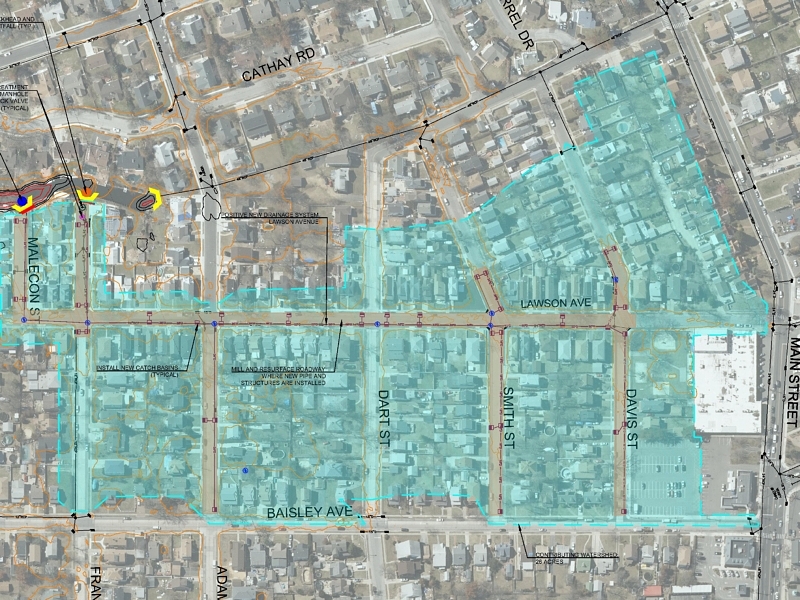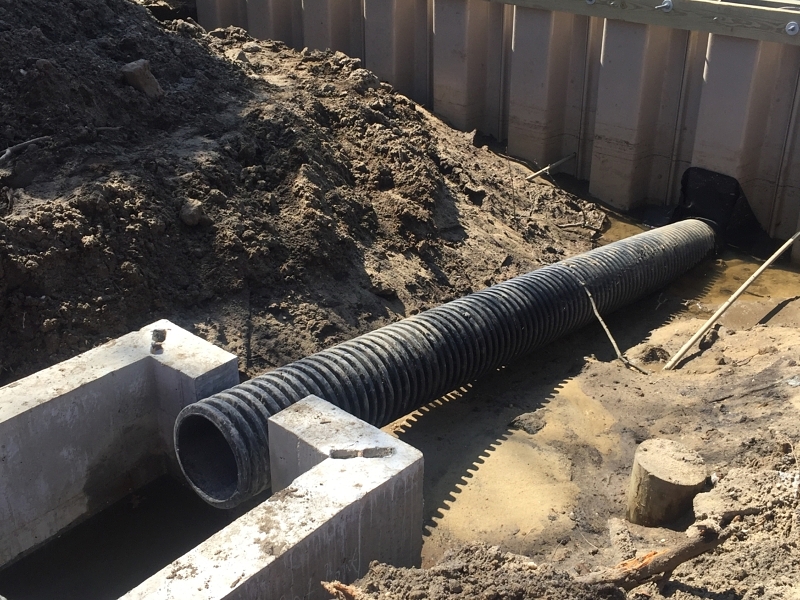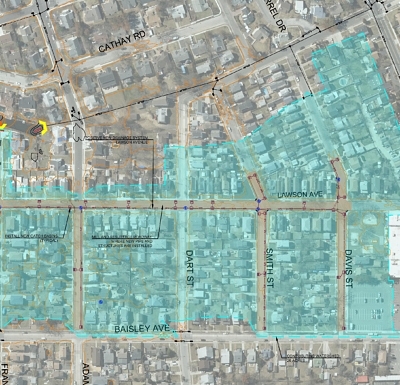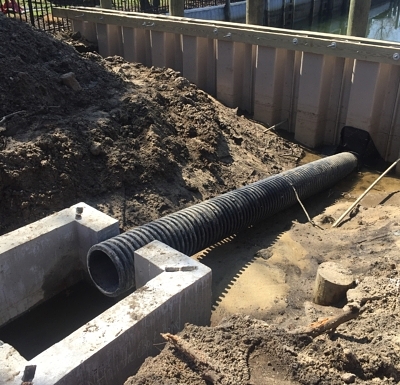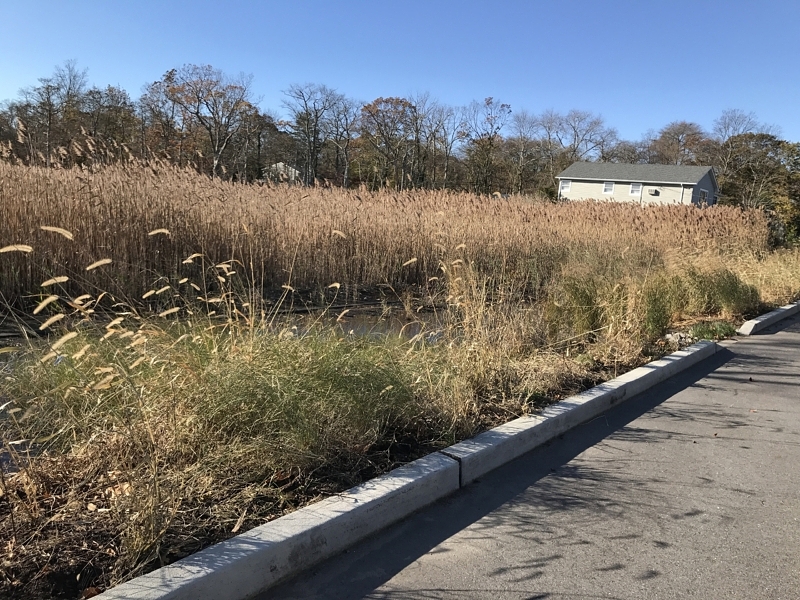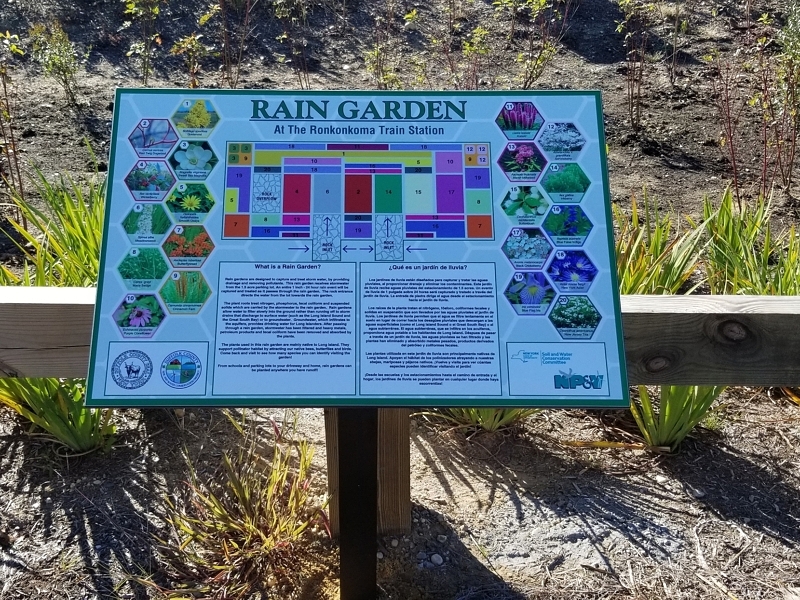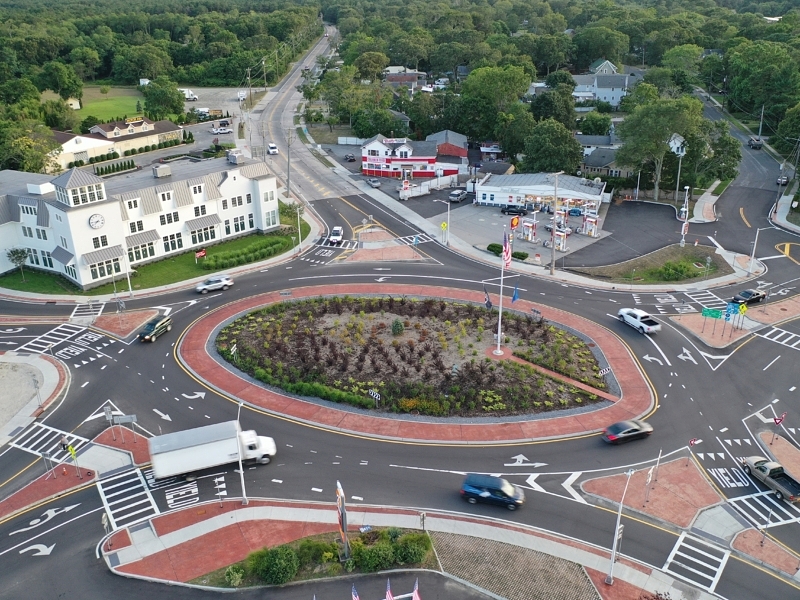GOSR Drainage Improvements
Project Location: Village of Lindenhurst; Village of Amityville; Town of Babylon, Hamlets of Bellmore, Merrick, Seaford, Wantagh, and Oceanside; Town of Hempstead, Town of Oyster Bay; Bay Park and Village of East Rockaway
Client: Village of Lindenhurst, Village of Amityville; Town of Hempstead, Town of Babylon, Town of Hempstead, Nassau County
In 2012 Superstorm Sandy overwhelmed Long Island’s south shore storm water drainage systems. Floodwaters inundated roadways, homes, schools, Municipal buildings, and businesses and made streets impassable and areas unusable. Municipalities were eligible for US Housing and Urban Development (HUD) Community Development Block Grant-Disaster Recovery (CDBG-DR) funding for disaster recovery projects which included Master Drainage Studies.
NPV and our engineering affiliate Nelson + Pope were retained by the Village of Lindenhurst, Village of Amityville, the Town of Babylon, the Town of Hempstead, the Town of Oyster Bay, and Nassau County Department of Public Works to prepare drainage improvement projects plans and associated SEQRA documentation and permits in support of these projects under the supervision of the New York State Governor’s Office of Storm Recovery (GOSR).
The various drainage improvement projects included upgrades to existing drainage infrastructure, incorporation of stormwater treatment systems, and installation of in-line check valves, shoreline stabilization/protection, roadway raising and culvert replacements.
The Village of Lindenhurst GOSR drainage improvement plan included the replacement of twin 24” diameter pipes with a box culvert under Newark Street. The project design required close coordination with environmental permitting agencies including New York State Department of State (DOS), Army Corps of Engineering (ACOE), and New York State Department of Environmental Conservation (NYSDEC). NPV prepared restoration plans to recreate the stream bed through the culvert to maintain stream continuity, allowing for unrestricted movement of fish and wildlife within the stream corridor while maintaining roadway access and improving drainage conditions. Wetlands mitigation plantings were also proposed to address project disturbance as well as address invasive species along the streambank. The culvert installation required a phased construction plan with multiple stream diversions and a full road closure.
The Town of Babylon Shoreline Stabilization and Roadway Improvement Project included an in-depth coordination by Nelson Pope Voorhis, our environmental affiliate, with environmental agencies including New York State Department of State (DOS), United State Army Corps of Engineering (USACOE), and New York State Department of Environmental Conservation (NYSDEC). The project included measures to reduce erosion and scour of the shoreline and prevent collapse of the roadway due to wave action of storm events such as hurricanes and Nor’easters. The plans call for raising the roadway, pitching the roadway to the north, and creating a bioswale area in the vegetated shoulder. On the seaward side, a bulkhead will be place above low tide, but will be overtopped during normal tides. At the toe of the bulkhead, stones will be placed to prevent scour. Landward of the bulkhead, wetland vegetation will be planted in a sill that will aid in stabilizing the earth material below. These features will act as the first line of defense against erosion and scour of the shoreline by reducing wave energy and lessening the erosion due to wave action. Between the planted sill and the roadway, a stone revetment will be constructed preventing further erosion by absorbing the energy of the waves and reducing wave scour and rebound which are the major causes of erosion control structure failure. Between the revetment and the roadway, a vegetated berm is to be secured with turf reinforcement matting and will be stable in the event of storm surge overtopping. Along the edge of the roadway, a flush curb can be installed to further stabilize the raised roadway.
Relevant Project Components:
- Wetland Delineation
- Topographic Survey and Mapping
- Inventory of Drainage Infrastructure
- Wetlands Permitting
- Soil Borings
- Stormwater Pollution Prevention Plan (SWPPP)
- Preliminary and Final Design
- Construction Related Services
- Stormwater Management Planning
